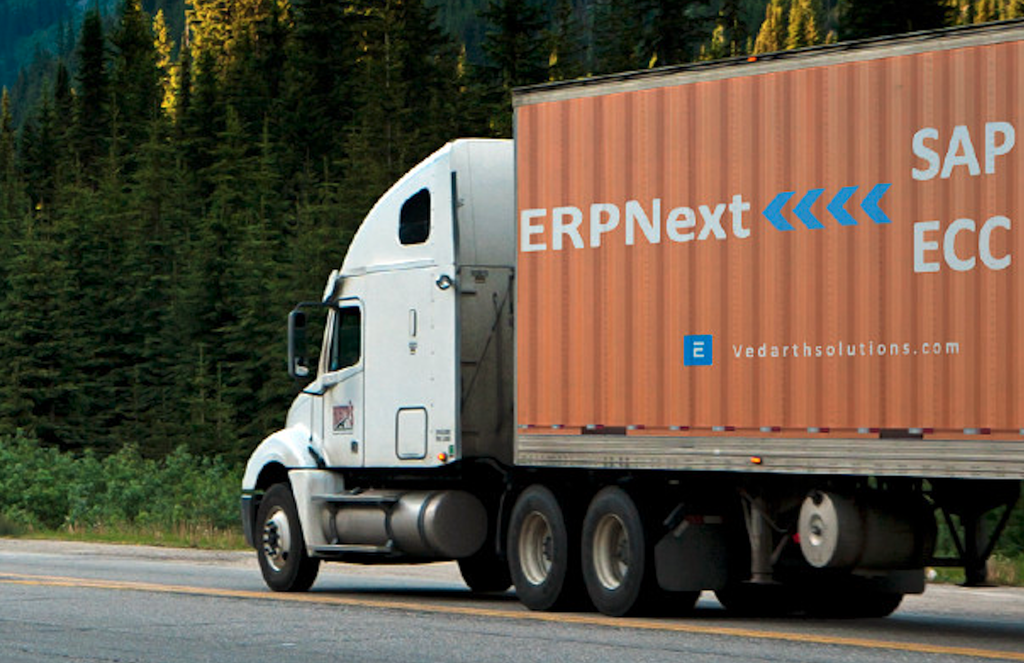Navigating the Shift from SAP ECC to ERPNext: What You Need to Know
SAP ECC's high costs and end of support by 2027 drive businesses to ERPNext, an open-source, scalable ERP. The article covers benefits, migration challenges, and expert guidance.

Introduction
SAP ERP ECC has long been a cornerstone in the world of enterprise resource planning (ERP). SAP ECC suite offers robust features to manage core business functions, including finance, logistics, and human resources. Despite its strong capabilities, SAP ECC comes with notable drawbacks that have prompted many businesses to explore more agile and cost-effective alternatives. These drawbacks include high maintenance costs, a complex user interface, and SAP's announced support cutoff in 2027. As a result, companies are increasingly looking at modern ERP solutions like ERPNext to stay competitive and reduce operational costs.
ERPNext is an open-source ERP system designed to provide a flexible and modern platform for managing business processes. Its open-source nature allows for extensive customisation, making it particularly appealing for companies seeking to tailor their ERP systems to specific needs without incurring significant costs. With its user-friendly interface and scalable architecture, ERPNext offers a compelling alternative for organisations looking to modernize their ERP solutions.
In this article, we will delve into the benefits and challenges of migrating from SAP ECC to ERPNext and offer a comprehensive step-by-step guide to ensure a successful transition.
Limitations of SAP ECC:
High Maintenance Costs: SAP ECC requires substantial investment in licensing, hardware, and ongoing maintenance.
Complexity: The system’s complexity can lead to a steep learning curve and increased training requirements.
Customisation Challenges: Customising SAP ECC to meet specific business needs can be costly and time-consuming.
Support End Date: SAP has announced that mainstream maintenance for SAP ECC will end in 2027, necessitating a migration plan for continued support.
Business Challenges in Moving from SAP ECC to SAP S/4HANA
High Costs: Significant expenses for licensing, infrastructure upgrades, and consulting.
Complex Data Migration: Ensuring data accuracy and integrity while transferring from ECC to S/4HANA.
Customisation and Integration: Adapting or redeveloping custom code and third-party integrations.
Process Reengineering: Redesigning business processes to align with new functionalities in S/4HANA.
Resource Constraints: Need for specialized skills and effective project management.
Operational Disruption: Potential downtime and performance issues during migration.
Change Management: Managing user adaptation and training to minimize disruption and resistance.
Benefits of Migrating to ERPNext
1. Cost-Effectiveness
ERPNext is an open-source ERP solution, which eliminates the need for expensive licensing fees and reduces overall costs. Businesses can also avoid the high maintenance and upgrade costs associated with proprietary ERP systems.
2. Flexibility and Customisation
As an open-source platform, ERPNext offers extensive customization options. Companies can tailor the system to fit their specific needs and business processes without significant additional costs.
3. User-Friendly Interface
ERPNext features a modern and intuitive user interface that simplifies navigation and reduces training time. This can lead to faster adoption and improved user satisfaction.
4. Scalability
ERPNext is designed to scale with business growth, making it suitable for both small and large enterprises. Its modular architecture allows businesses to add new features and functionalities as needed.
5. Cloud-Based Options
ERPNext can be deployed on-premises or in the cloud, providing flexibility in how businesses manage their ERP infrastructure. Cloud deployment offers benefits like reduced IT overhead and improved accessibility.
Challenges of Migrating to ERPNext
1. Data Migration
Transferring data from SAP ECC to ERPNext can be complex and requires careful planning. Ensuring data integrity and accuracy during the migration process is crucial.
2. Customisation and Integration
ERPNext may require customization to match the specific processes and functionalities previously handled by SAP ECC. Additionally, integrating ERPNext with other existing systems and applications can present challenges.
3. Change Management
Migrating to a new ERP system involves significant changes in how employees work. Managing this change effectively and ensuring a smooth transition is essential for minimizing disruptions.
4. Training and Support
Training employees to use ERPNext and providing ongoing support can be time-consuming. Businesses must invest in training programs and support resources to ensure a successful adoption.
Step-by-Step Guide for Migration
**1. Assessment and Planning:
Evaluate current SAP ECC processes and identify requirements.
Develop a migration plan, including timelines, resources, and budget.
**2. Data Preparation:
Conduct a data audit to ensure accuracy and completeness.
Cleanse and map data for migration to ERPNext.
**3. System Configuration:
Set up ERPNext according to business requirements.
Customize modules and functionalities as needed.
**4. Testing:
Perform rigorous testing of the new ERPNext system to ensure it meets business needs.
Conduct user acceptance testing to validate system performance.
**5. Training:
Develop and deliver training programs for employees.
Provide ongoing support and resources for a smooth transition.
**6. Go-Live:
Execute the final migration and go live with ERPNext.
Monitor the system closely and address any issues that arise.
**7. Post-Go-Live Support:
Provide post-migration support to resolve any issues.
Continuously review and optimize the system based on user feedback.
Best Practices for a Successful Conversion
- Engage stakeholders and communicate effectively
- Plan for change management and training
- Test thoroughly to ensure data accuracy
- Monitor progress and adapt to changes
Conclusion
Converting from SAP ECC to ERPNext offers numerous benefits, but requires careful planning and execution. By following this step-by-step guide and best practices, businesses can ensure a smooth transition and maximize the potential of their new ERP system.
For more information talk to our SAP and ERPNext consultants at satish@vedarthsolutions.com
Satish Aralkar
Satish Aralkar (Founder – Vedarth Solutions) is SAP consultant having 15 years of SAP implementation and 12 years of Domain experience in manufacturing domain. Currently working on ERPNext implementations, Automation and Digital Transformation.
No comments yet. Login to start a new discussion Start a new discussion